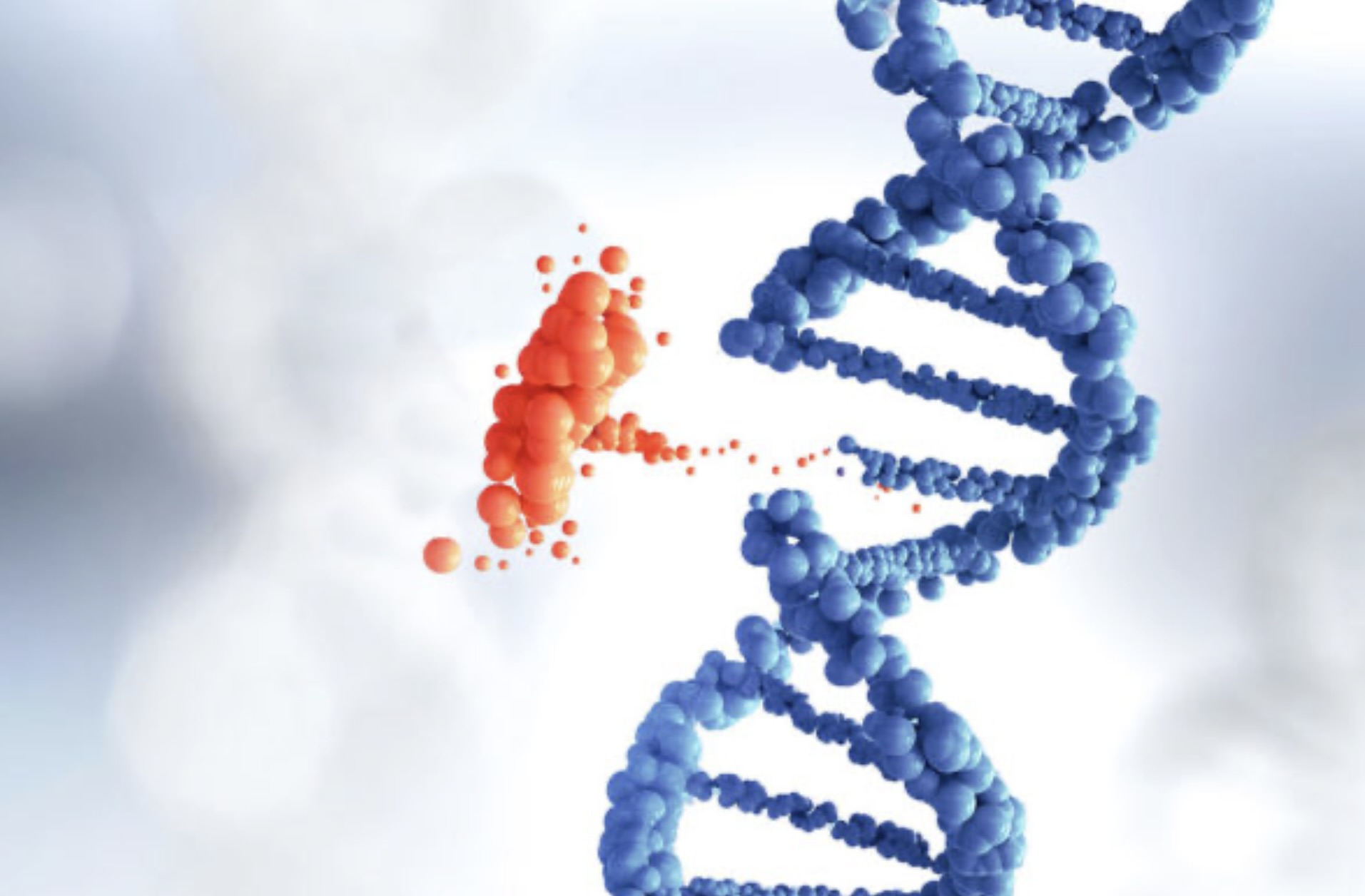Rapp-Hodgkin Syndrome: Symptoms, Causes, Treatment
What are the symptoms of Rapp-Hodgkin syndrome?
Rapp-Hodgkin syndrome, also known as ankyloblepharon-ectodermal defects-cleft lip/palate (AEC) syndrome, is a rare genetic disorder that affects the development of ectodermal tissues, which include the skin, hair, nails, teeth, and sweat glands.
The main features of Rapp-Hodgkin syndrome can vary widely, but they typically include:
- Ankyloblepharon: Fusion of the eyelids, which can result in partial or complete closure of the eyes.
- Ectodermal Defects: Abnormalities in the development of ectodermal tissues, such as sparse hair, missing teeth (hypodontia), or abnormal tooth development (dysplasia).
- Cleft Lip/Palate: A gap or split in the upper lip and/or roof of the mouth, which can vary in severity.
Other features that may be present in some individuals with Rapp-Hodgkin syndrome include skin erosions, scalp cysts, and abnormalities of the nails, sweat glands, or mammary glands.
Intellectual development is typically normal in individuals with Rapp-Hodgkin syndrome, but there can be some variability in the severity and combination of features among affected individuals.
What are the causes of Rapp-Hodgkin syndrome?
Rapp-Hodgkin syndrome is caused by mutations in the TP63 gene, which provides instructions for making a protein that is important for the development of ectodermal tissues. This gene is part of a family of genes called the p53 family, which play a role in regulating cell growth and division, DNA repair, and cell death.
Mutations in the TP63 gene disrupt the normal development of ectodermal tissues, leading to the characteristic features of Rapp-Hodgkin syndrome, such as ankyloblepharon, ectodermal defects, and cleft lip/palate. These mutations can be inherited in an autosomal dominant manner, which means that a mutation in one copy of the gene is sufficient to cause the disorder.
In some cases, Rapp-Hodgkin syndrome can also occur sporadically, meaning that there is no family history of the disorder. In these cases, the mutation occurs randomly during the formation of reproductive cells (eggs or sperm) or early in embryonic development.
What is the treatment for Rapp-Hodgkin syndrome?
Treatment for Rapp-Hodgkin syndrome is aimed at managing the specific symptoms and complications associated with the disorder. Because Rapp-Hodgkin syndrome affects multiple systems in the body, a multidisciplinary approach involving various medical specialists may be needed.
Some common treatments and interventions for Rapp-Hodgkin syndrome include:
- Ophthalmic Care: Management of ankyloblepharon may involve surgical correction to improve eyelid function and protect the eyes.
- Dental Care: Treatment for missing teeth or abnormal tooth development may include dental implants, dentures, or other dental interventions to improve oral function and appearance.
- Speech and Language Therapy: Individuals with cleft lip/palate may benefit from speech therapy to improve speech and communication skills.
- Dermatological Care: Management of skin abnormalities, such as scalp cysts or skin erosions, may involve medications or surgical interventions as needed.
- Genetic Counseling: Individuals with Rapp-Hodgkin syndrome and their families may benefit from genetic counseling to understand the inheritance pattern of the disorder and the risk of passing it on to future generations.
- Supportive Care: Supportive care, including regular medical monitoring and interventions to address specific symptoms or complications, can help improve quality of life for individuals with Rapp-Hodgkin syndrome.
Because Rapp-Hodgkin syndrome is a complex disorder that affects multiple systems in the body, management often requires a team-based approach with input from various medical specialists, including dermatologists, ophthalmologists, dentists, genetic counselors, and other healthcare providers.




